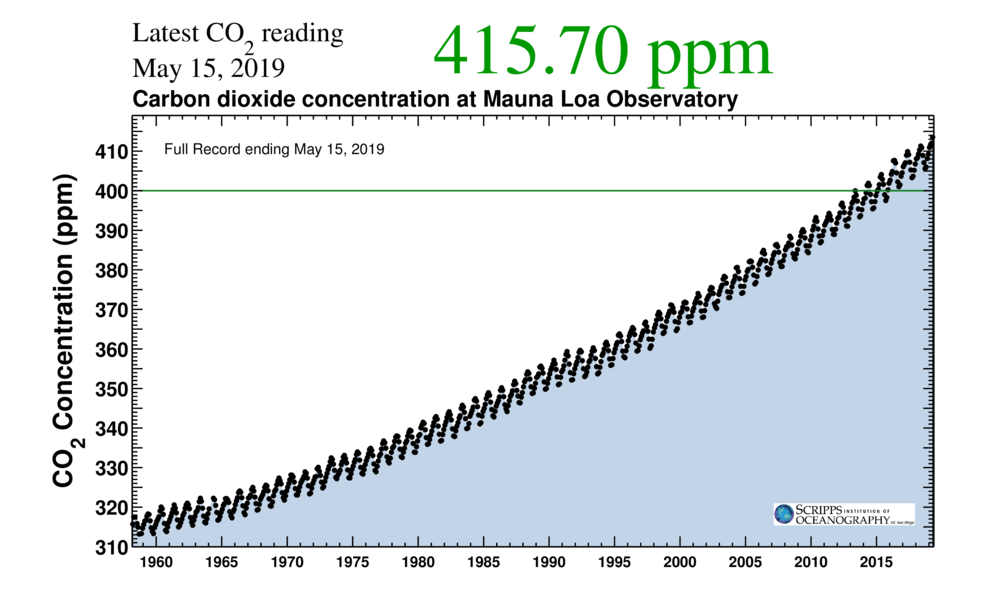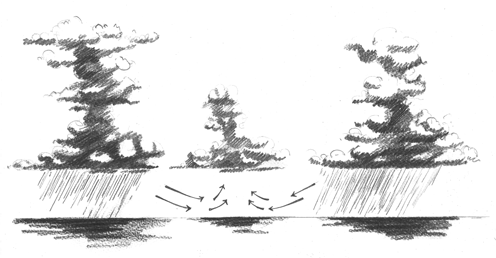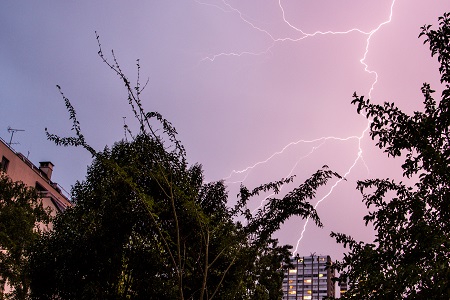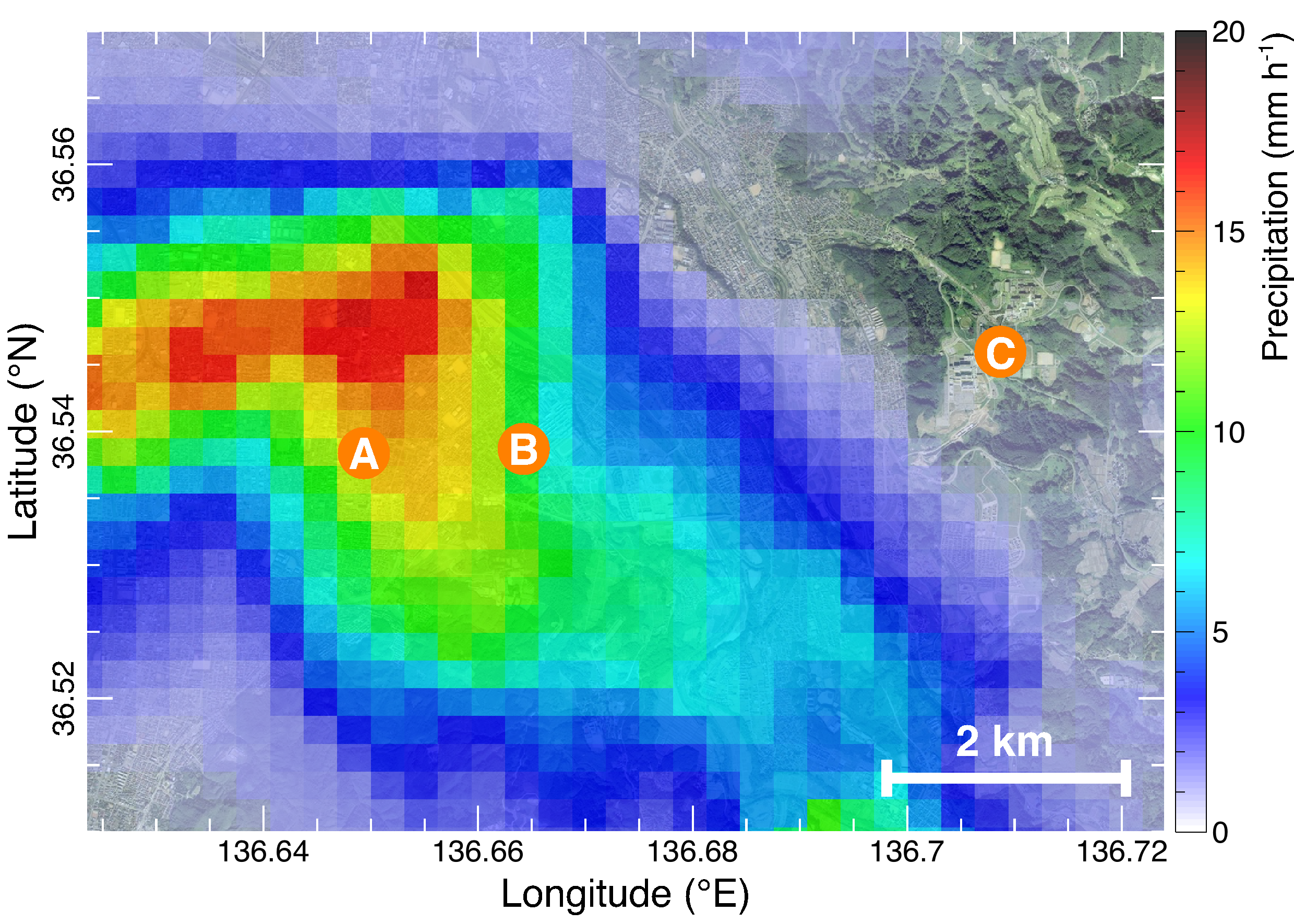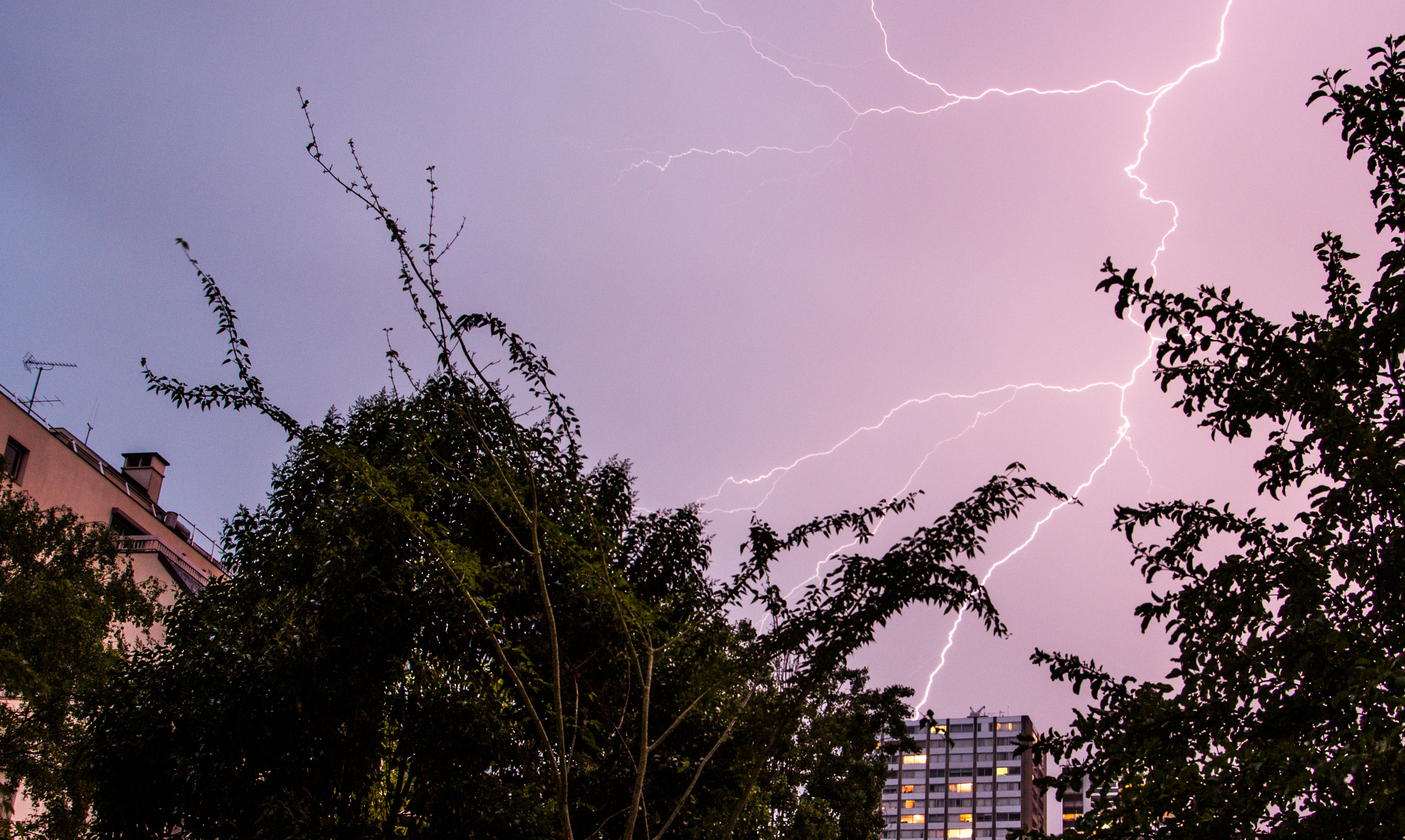So Pence Isn’t Convinced Global Warming Is A Threat —Why Is This Controversial?
I & I Editorial Board
7 hours ago
Add comment
4 min read
Vice President Mike Pence is catching some flak for declining to say the climate is a threat to the U.S. Despite his non-response, it’s clear he doesn’t believe it puts the country at risk. And that puts him in agreement with quite a few prominent scientists.
“Mike Pence repeatedly refuses to say climate crisis is a threat to U.S.,” says a Guardian headline.
The kids at Vox said “watch Mike Pence pack 2 big lies about the environment into a single 20-second clip,” because he’s “gaslighting in the service of climate denial.”
Esquire wanted everyone to know the vice president’s “climate-change two-step shows removing Trump won’t fix the Republican Party’s issues.”
Writing for CNN, Chris Cillizza heaped up a small hill of reports and studies that are supposed to be beyond question in their affirmation that man is changing the climate.
Pence was tripped up, so to speak by Jake Tapper, who was hosting a Sunday show on CNN. Tapper wanted to know if “human-induced climate emergency is a threat to the United States.” The question was premised on a January national intelligence report on global threats, which said climate change is “likely to fuel competition for resources, economic distress and social discontent.”
It’s truly maddening how the global warming alarmists have remained so sure they are right that human activity is dangerously warming the planet. They cite “consensus,” “settled science,” the United Nations, and researchers who have taken on the role of priests in the green religion. They are fanatical in their devotion to their “truth.”
Rather than dodge the question, Pence should have made his case. He could have quoted the administration’s own climate adviser, William Happer, a retired Columbia and Princeton physics professor and a member of the National Academy of Sciences, who has said “there’s a whole area of climate so-called science that is really more like a cult. … It will potentially harm the image of all science.”
Happer set off the easily agitated members of the cult by insisting a few years ago that carbon dioxide, the gas that they have so successfully demonized, is beneficial for the planet. He brought the fire, as well, when noted that he’s “concerned that many children are being indoctrinated by” panicky science, a statement that only the indoctrinators themselves would find objectionable.
Pence could have also quoted Richard Lindzen, the retired Massachusetts Institute of Technology atmospheric physicist who wrote a letter to the administration in 2017 — signed by 300 scientists, meteorologists, astronauts, and engineers — which said the “harsh regulation” of carbon dioxide was not “scientifically justified” and is of “no environmental benefits.”
Pence could have also chosen the words of famed British physicist Freeman Dyson, who once said “all the fuss about global warming is grossly exaggerated.” Or those from Roy Spencer, the University of Alabama-Hunstville climate scientist who has pointed out the inconvenient: 95% of the climate models have predicted warming that has never happened.
Climatologist John Christy, Spencer’s colleague at the University of Alabama-Hunstville would have been another fine choice. He told the New York Times some years ago that every time he hears the phrase, “the science is settled,” he says “I say I can easily demonstrate that that is false.”
These few aren’t lone voices in the wilderness. Many other scientists have said they believe human activity is warming Earth, but to such a small degree that it’s not a threat. The alarmists call these researchers “deniers.”
Again, we ask how alarmists can remain so absolutely certain, so narrow-minded, given the wide-open window of doubt. There’s no healthy skepticism allowed in their minds, none permitted in the thoughts of others. They want to bully and silence those who refuse to fall into submissive agreement with them. Their intolerance shows just who the real blind zealots are.
https://issuesinsights.com/2019/06/...arming-is-a-threat-why-is-this-controversial/
you're right...you're not my science teacher, but you could learn a thing or two from what i posted...or not.
not interested in your platitudes. show some of your precious science that is settled...you know...the stuff that proves you could teach me anything at all.
you fail at that also. just more ad hominem idiocy.
i knew you couldn't do it, maybe not couldn't, but wouldn't because it upsets your narrative.
weak sauce dude, learn to code!
I & I Editorial Board
7 hours ago
Add comment
4 min read
Vice President Mike Pence is catching some flak for declining to say the climate is a threat to the U.S. Despite his non-response, it’s clear he doesn’t believe it puts the country at risk. And that puts him in agreement with quite a few prominent scientists.
“Mike Pence repeatedly refuses to say climate crisis is a threat to U.S.,” says a Guardian headline.
The kids at Vox said “watch Mike Pence pack 2 big lies about the environment into a single 20-second clip,” because he’s “gaslighting in the service of climate denial.”
Esquire wanted everyone to know the vice president’s “climate-change two-step shows removing Trump won’t fix the Republican Party’s issues.”
Writing for CNN, Chris Cillizza heaped up a small hill of reports and studies that are supposed to be beyond question in their affirmation that man is changing the climate.
Pence was tripped up, so to speak by Jake Tapper, who was hosting a Sunday show on CNN. Tapper wanted to know if “human-induced climate emergency is a threat to the United States.” The question was premised on a January national intelligence report on global threats, which said climate change is “likely to fuel competition for resources, economic distress and social discontent.”
It’s truly maddening how the global warming alarmists have remained so sure they are right that human activity is dangerously warming the planet. They cite “consensus,” “settled science,” the United Nations, and researchers who have taken on the role of priests in the green religion. They are fanatical in their devotion to their “truth.”
Rather than dodge the question, Pence should have made his case. He could have quoted the administration’s own climate adviser, William Happer, a retired Columbia and Princeton physics professor and a member of the National Academy of Sciences, who has said “there’s a whole area of climate so-called science that is really more like a cult. … It will potentially harm the image of all science.”
Happer set off the easily agitated members of the cult by insisting a few years ago that carbon dioxide, the gas that they have so successfully demonized, is beneficial for the planet. He brought the fire, as well, when noted that he’s “concerned that many children are being indoctrinated by” panicky science, a statement that only the indoctrinators themselves would find objectionable.
Pence could have also quoted Richard Lindzen, the retired Massachusetts Institute of Technology atmospheric physicist who wrote a letter to the administration in 2017 — signed by 300 scientists, meteorologists, astronauts, and engineers — which said the “harsh regulation” of carbon dioxide was not “scientifically justified” and is of “no environmental benefits.”
Pence could have also chosen the words of famed British physicist Freeman Dyson, who once said “all the fuss about global warming is grossly exaggerated.” Or those from Roy Spencer, the University of Alabama-Hunstville climate scientist who has pointed out the inconvenient: 95% of the climate models have predicted warming that has never happened.
Climatologist John Christy, Spencer’s colleague at the University of Alabama-Hunstville would have been another fine choice. He told the New York Times some years ago that every time he hears the phrase, “the science is settled,” he says “I say I can easily demonstrate that that is false.”
These few aren’t lone voices in the wilderness. Many other scientists have said they believe human activity is warming Earth, but to such a small degree that it’s not a threat. The alarmists call these researchers “deniers.”
Again, we ask how alarmists can remain so absolutely certain, so narrow-minded, given the wide-open window of doubt. There’s no healthy skepticism allowed in their minds, none permitted in the thoughts of others. They want to bully and silence those who refuse to fall into submissive agreement with them. Their intolerance shows just who the real blind zealots are.
https://issuesinsights.com/2019/06/...arming-is-a-threat-why-is-this-controversial/
you're right...you're not my science teacher, but you could learn a thing or two from what i posted...or not.
not interested in your platitudes. show some of your precious science that is settled...you know...the stuff that proves you could teach me anything at all.
you fail at that also. just more ad hominem idiocy.
i knew you couldn't do it, maybe not couldn't, but wouldn't because it upsets your narrative.
weak sauce dude, learn to code!

